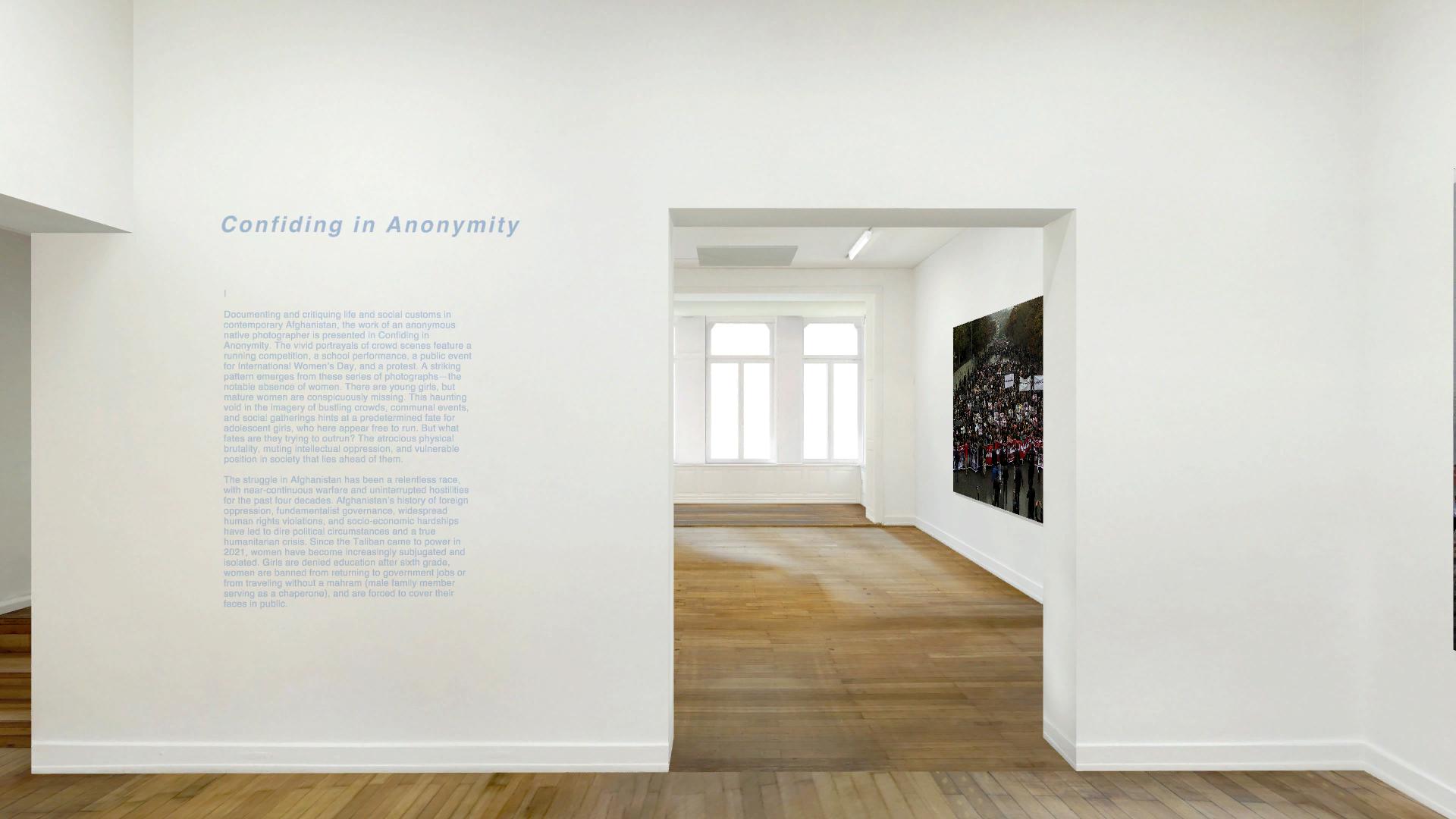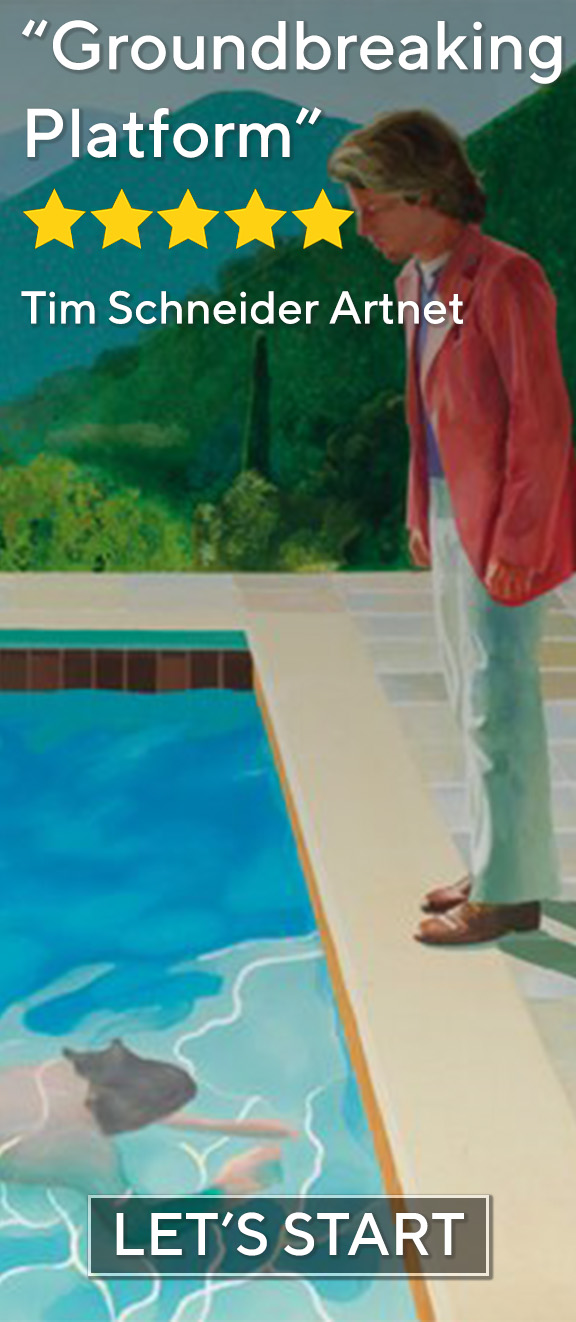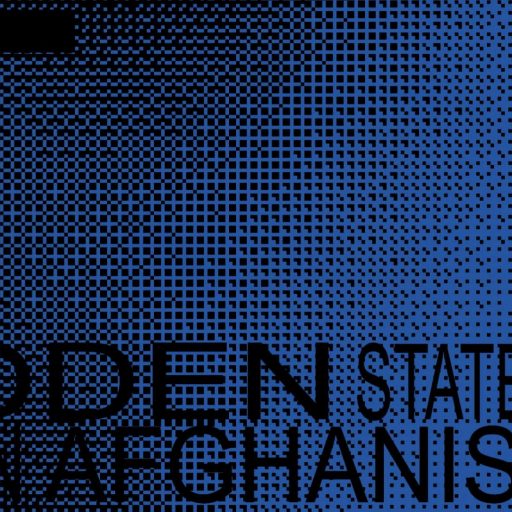

Documenting and critiquing life and social customs in contemporary Afghanistan, the work of an anonymous native photographer is presented in Confiding in Anonymity. The vivid portrayals of crowd scenes feature a running competition, a school performance, a public event for International Women’s Day, and a protest. A striking pattern emerges from these series of photographs—the notable absence of women. There are young girls, but mature women are conspicuously missing. This haunting void in the imagery of bustling crowds, communal events, and social gatherings hints at a predetermined fate for adolescent girls, who here appear free to run. But what fates are they trying to outrun? The atrocious physical brutality, muting intellectual oppression, and vulnerable position in society that lies ahead of them.
The struggle in Afghanistan has been a relentless race, with near-continuous warfare and uninterrupted hostilities for the past four decades. Afghanistan’s history of foreign oppression, fundamentalist governance, widespread human rights violations, and socio-economic hardships have led to dire political circumstances and a true humanitarian crisis. Since the Taliban came to power in 2021, women have become increasingly subjugated and isolated. Girls are denied education after sixth grade, women are banned from returning to government jobs or from travelling without a mahram (male family member serving as a chaperone), and are forced to cover their faces in public.
In a society where women’s and girls’ rights are in an ominously precarious state and artistic freedom is repressed, secrecy and confidentiality hold the power of defiant (female) perspectives. Landays are a form of anonymous, oral poetry which sound the voices of Afghan women from a unified standpoint, mirroring the collective sentiments of antagonism, rage, and resistance against the injustice women and girls have been facing in Afghanistan for decades. The two-line poems are traditionally sung aloud by women, sometimes with hand drums giving the rhythm. Reading the rich tapestry, the vestiges of centuries-old oral poetry alongside the visual traces, the framed and cropped realities of contemporary Afghanistan, underpins the protective power of the unattributed word that allows women to confide in anonymity. Equally, the male photographer’s stance as an artist is defended by his unidentifiability.
Surfacing notions of community, intersubjectivity, and civilization, the overflowing frames of masses collectively and silently confess to the absence of women in the visible layers of society. In this exhibition, landays bridge that gap: they remind the viewer of the lack of female representation, of what is not seen, of what is located outside the framed reality of a photograph. To contextualize, and grasp remaining female positions, the viewer is invited to read the poetry and to see the photographs in parallel, reflecting on the corporeal atrocities, emotional toll, and ethical calamities of present-day Afghanistan.










